TOM HARTMANN - TOMS TALE
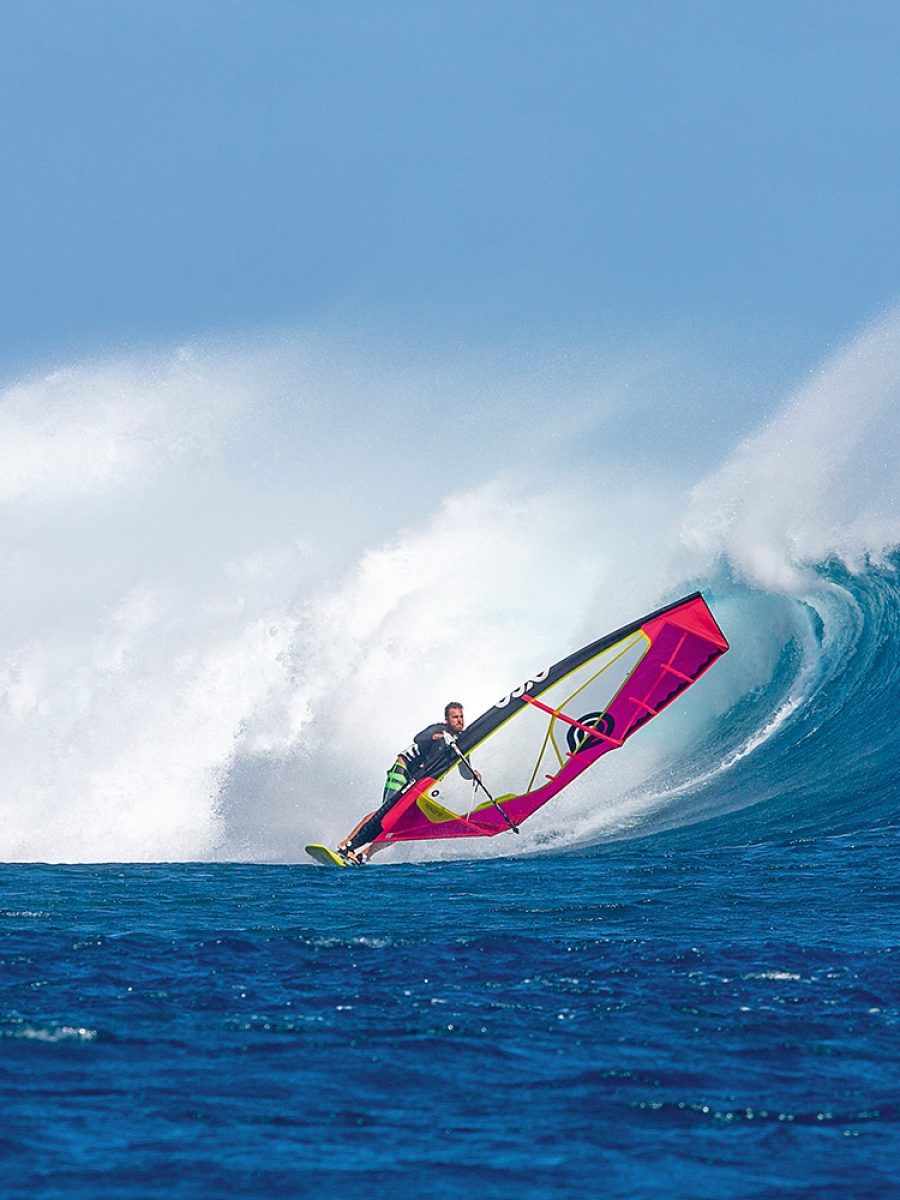
Tom Hartmann is an Austrian ex-professional windsurfer that now works as a judge on the European Freestyle Pro and Professional Windsurfing Association tours. When he’s not awarding scores, he spends most of his time in his newly adopted home, Mauritius and riding his favourite wave, ‘One Eye’. The globetrotting sailor tells us more about his life.
Words Tom Hartmann // Photos John Carter
This feature originally appeared in the July 2018 issue of Windsurf Magazine

EARLY DAYS
I was born in Vienna and grew up there and went to school in the city. I started windsurfing on a lake in the mountains. My dad was a fanatical yacht sailor so I was sailing from four years old. When I was fourteen I found a windsurfing shop’s catalogue in the mailbox. I saw all these pictures of Robby Naish and Dunkerbeck jumping in Hawaii and immediately I said to myself this is what I want to do. I spent every summer at that lake learning on some windsurfing equipment that I bought out of a newspaper advert. I had no idea what to buy or how to sail it. I have never had any windsurfing lessons in my life. I bought a book, “How to learn windsurfing in ten hours.” That book explained everything from how to rig a sail to the power gybe. Of course it took longer than ten hours! I eventually moved up to a 100 litre Fanatic Mega Ray hard-core slalom board, that I made my mum buy me for my birthday! So it was all down to that book, my Mega Ray, a 6.5 cambered sail, a diving drysuit and eight-degree water. I learned the hard way. When I turned 18 I had to do a year in the army, then after that when I got my driver’s licence I was able to windsurf more as well as doing my studies.
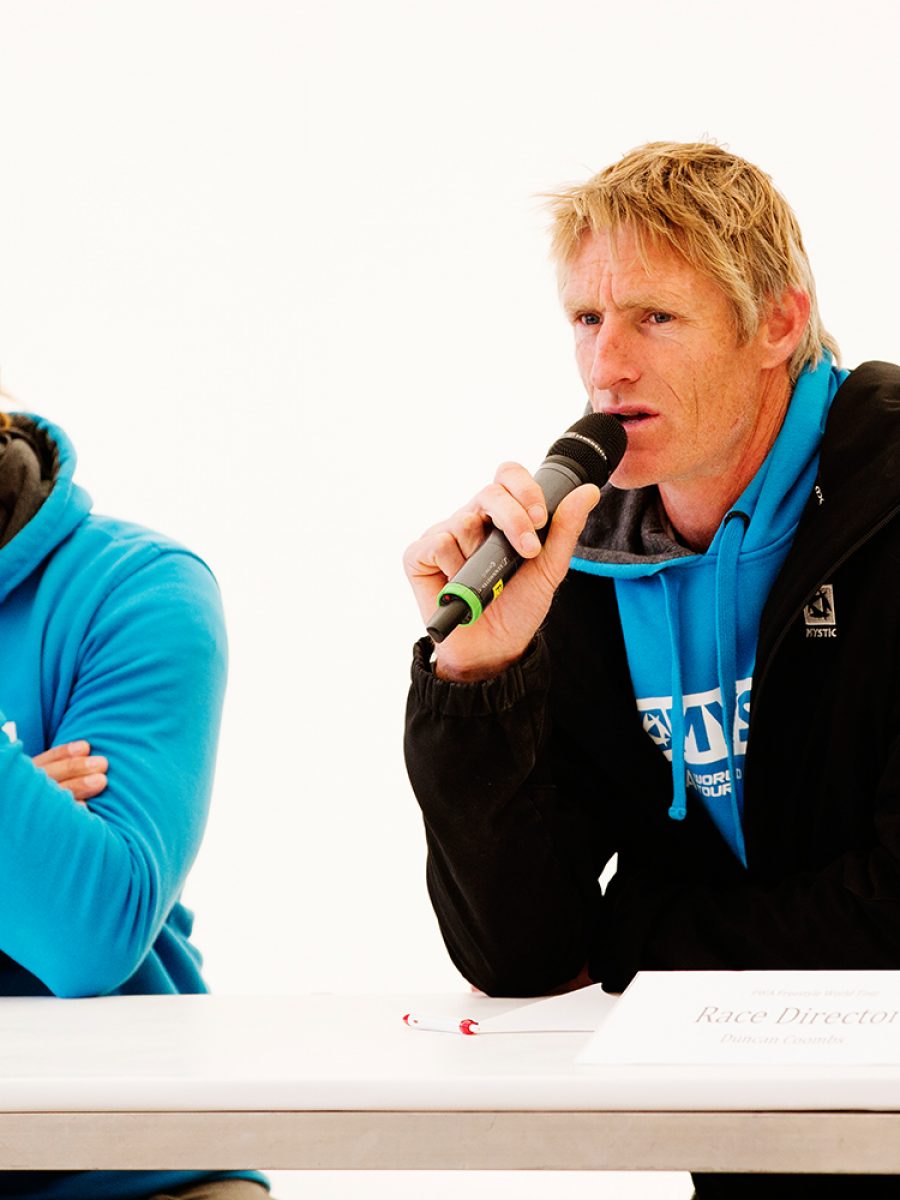
FREESTYLE
I was a freestyler of course. There are no waves in Austria and right when I learned the whole flat water freestyle thing kicked off. That was very attractive to me, learning all the moves on the lake. I eventually became an instructor and worked in Greece and Lake Garda at various centres. I was able to train a lot in my free time and also started doing a few competitions. What really brought a big change in my life was when I was able to choose a place to study abroad for one year and I chose Mauritius. So off I went in 2003 to study tourism management to a place I had never been before. I knew there was wind and waves there but had no idea how good it actually was. Back in those days there were a lot of rumours about the ‘white shorts’ – some overly protective local surfers. I didn’t really have any trouble with them and windsurfed a lot as I only had to do three mornings at university. After that year I had a decent level of freestyle and started doing the whole European tour. At the end of that year I ended up on the international Naish team after finishing 7th in the rankings. That’s how my career kicked off. It took me ten years to finish my university course as all the windsurfing gradually started taking over.
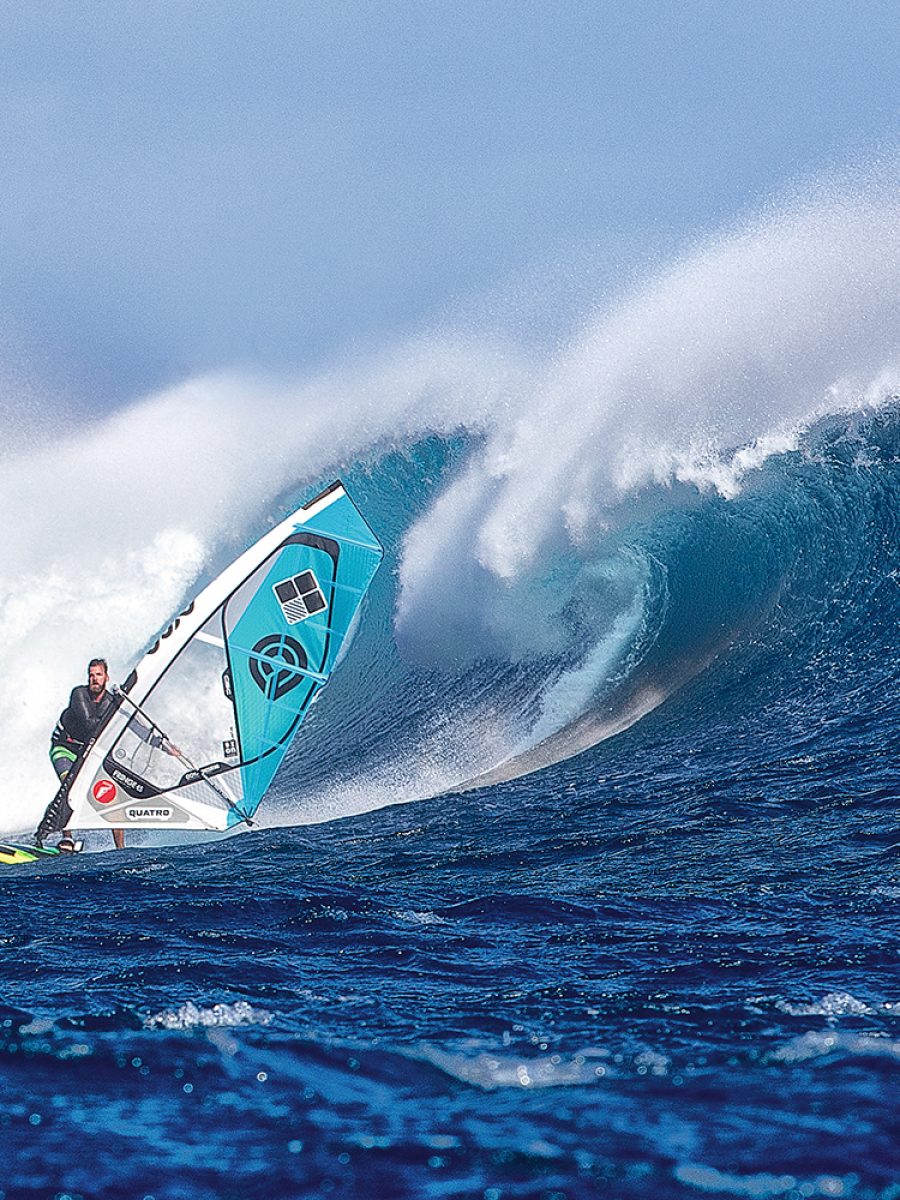
LIFESTYLE
For me competing was not just about trying to be the champion. Of course you want to sail as well as you can, but my idea of windsurfing was to always have fun and also get involved in interesting projects. After three years full time on the pro tour I started to branch out. I felt like a change so I did some nice trips and started wave sailing more. I built a jump ramp with a friend, as part of a project to have a competition on the lake where we could have some air time. It was like a skate park in the water. The ramp could float and we could move it around. Once we built it Red Bull started to hire it from us and we were booked for five or six events straight after we first showed it. These projects were all about seeing what we could do in the sport of windsurfing. It was tougher back then without all of today’s social media. The only way we could get coverage was with TV and magazines. I was always fascinated with big waves so most of my travel projects were about being in the right place at the right time to catch some big swells.
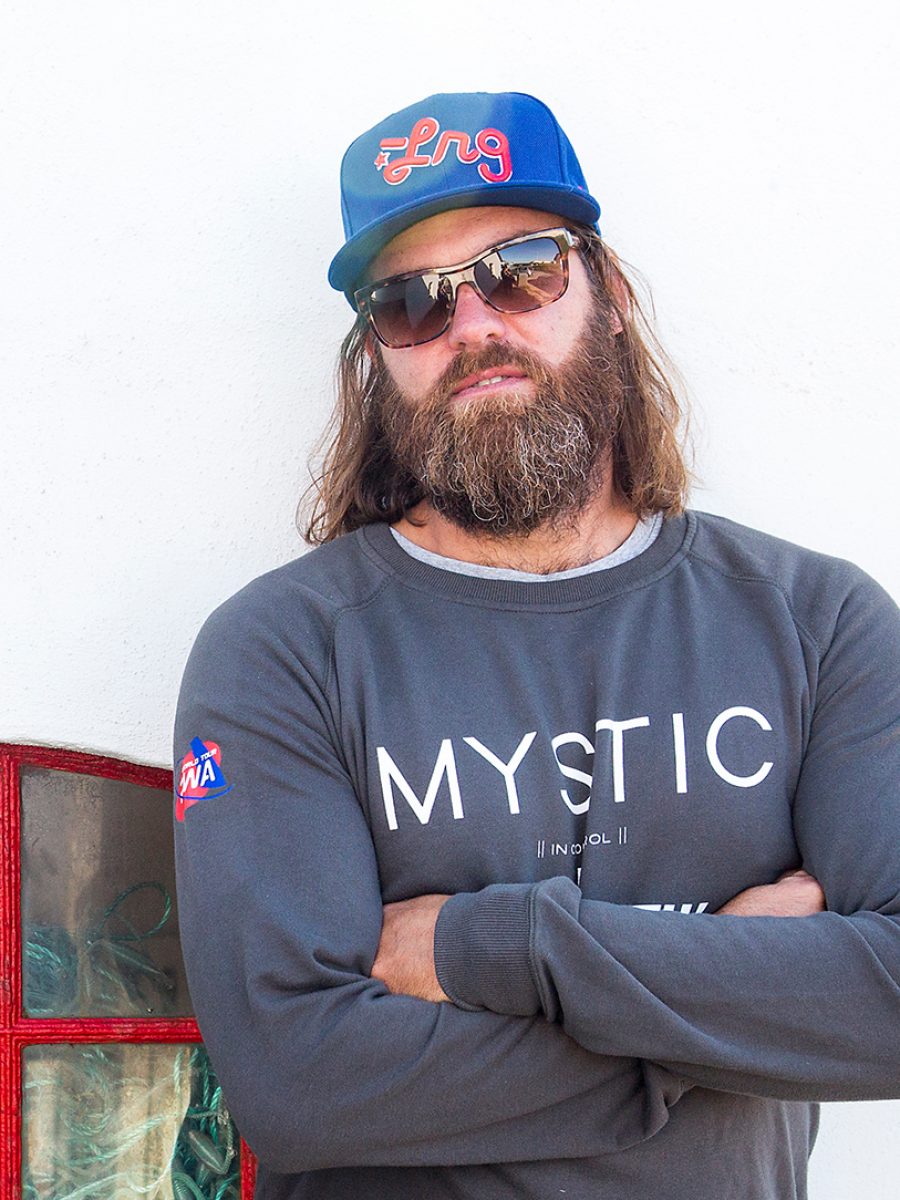
JUDGING
In 2009 I could not windsurf for nearly a whole season after I broke my shoulder completely. I was training for the PWA slalom event in Podesdorf and had a huge crash on slalom gear. I was off the water for six months. The European Freestyle Pro tour were looking for a head judge at the time and I kind of fell into that position as I could not windsurf. I actually really liked it and felt I did a decent job and I have been doing that as well as PWA judging ever since. In the EFPT we have the best European guys competing but we don’t have the top guys from overseas like Gollito Estredo and the Bonaire guys. The level is nearly there and the tour itself is a bit more relaxed. It is a lot about helping new guys get involved and score some coverage. We try to experiment a little bit with the competition. We take entry level competitors and top level guys all in one event. It really helps the new guys gain experience and there is also a bit more on the social side on the EFPT compared to the PWA.
I like judging and felt that being a sailor myself and having competed really made a big difference. You know what competition is all about and what the riders want. I still like being connected with the whole competition scene and by judging can still have a little influence on how the sport is evolving. It is not just about giving scores but also how to develop the whole competition format. I really enjoy that!
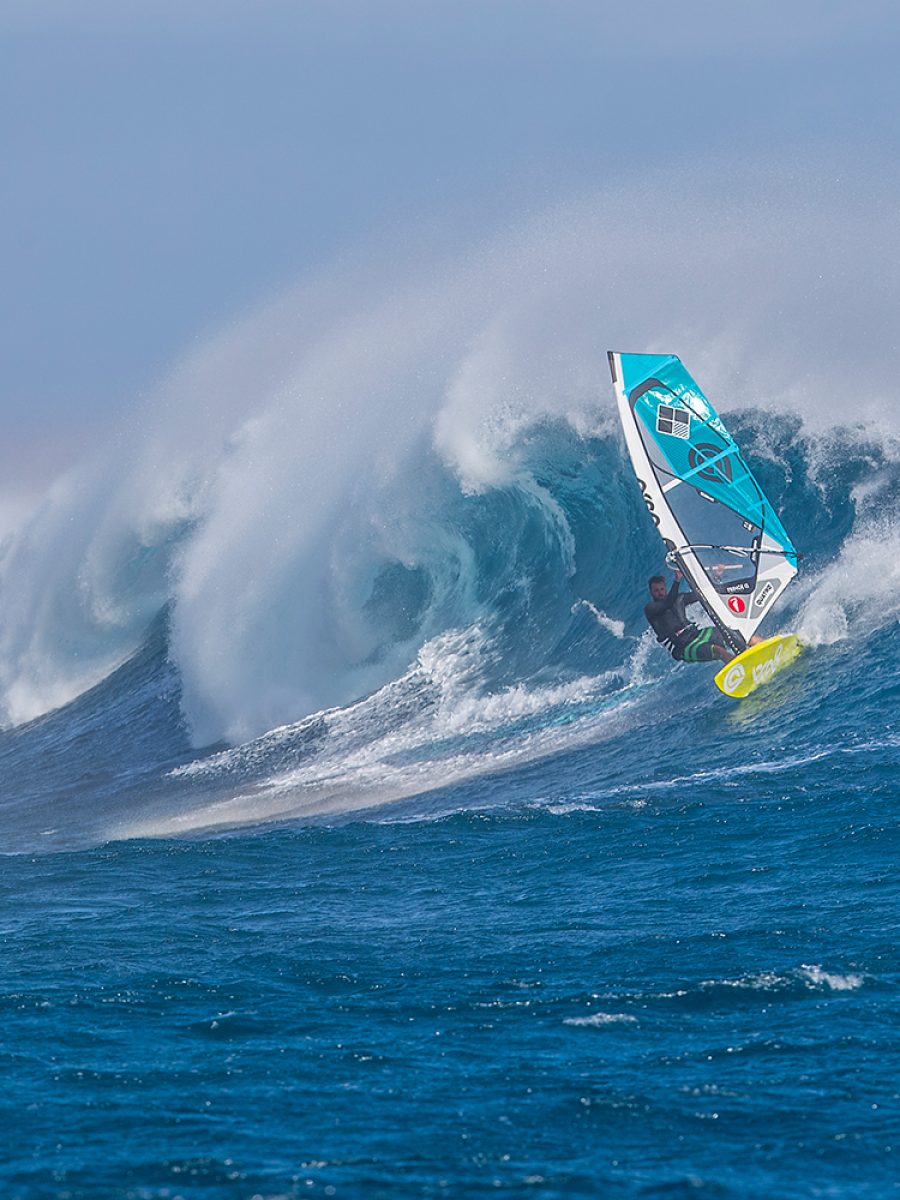
TOW-WINDSURFING
I was right there at the beginning of the tow-windsurfing movement. We were at an event with no wind and somebody suggested pulling us along with a boat on a tow rope. The first time we tried it we did it over the ramp that we’d built in Holland. There was no wind so we started towing as a show for the crowd with jumps on the ramp. It worked out really well. We started doing it at all the EFPT events when there was no wind as a show for the crowd. Then in Podesdorf we kind of agreed on having a tow competition with proper prize money. We had 5000 people at the beach, it was 30 degrees and the action was less than ten metres from the crowd. We had a time it started, no dependence on the wind and we could even do it right on sunset for some cool images. I know it is not real windsurfing but I still think it was a great promotion for the sport. All those people who watched the tow action would not have watched it if there was wind because it would be too cold. The crowd were blown away and now we have a guaranteed show even without wind. To showcase what is possible in windsurfing to a mainstream audience is incredible. In the end we do windsurfing because it is fun and people enjoy it, at least that is how I see it. I think it is good to be able to show that to others too!
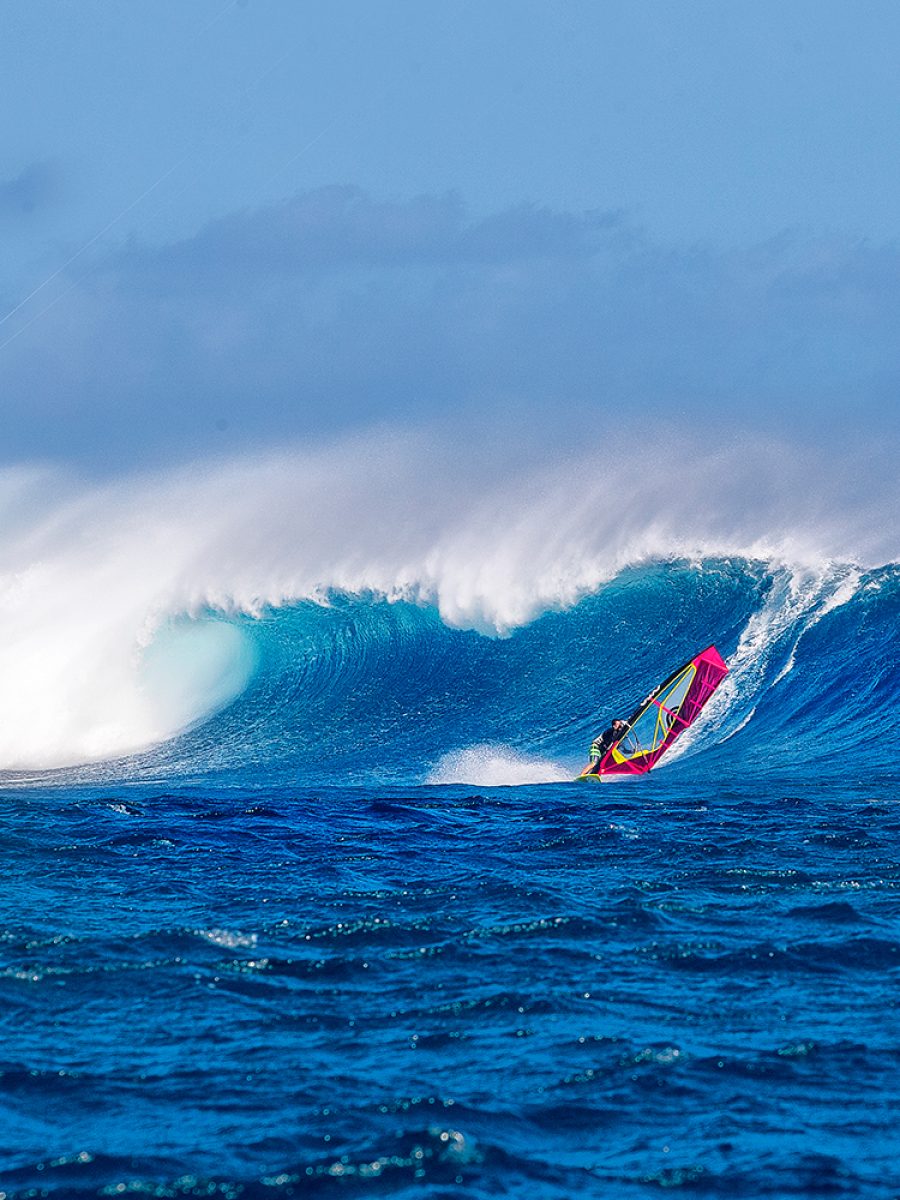
THE BEARD
One year and a half ago I came back to Mauritius for the winter after the summer judging on tour. I was a bit lazy on shaving. I did not shave for 3-4 weeks, then six weeks and then felt why not grow it out a little bit. I also did not cut my hair for nearly two years and looked like a caveman at one point. It was ok in Mauritius but back in Europe I felt I had to look a bit more civilized. I like to change my look regularly!
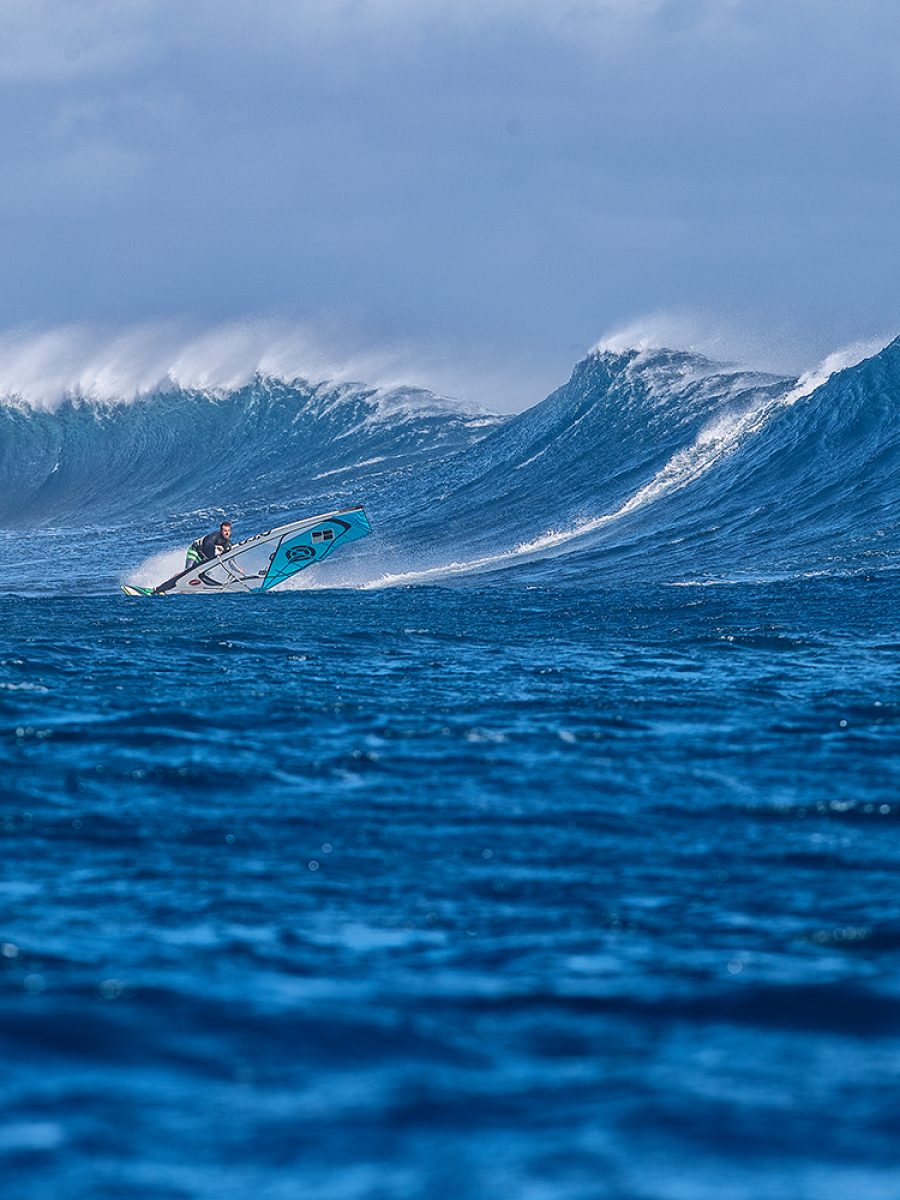
MAURITIUS
After my first trip to Mauritius I went back every single year for around 3 months because I really liked the place for training and photos. About four years ago I decided to move there. After fifteen years of travelling I realized it is the best place I know for windsurfing. I felt like I needed a home base and I could live there and do my other travels from there too. I started a company there with a partner in Mauritius and we are putting a lot of focus on that. That is where I see my future at the moment. It is an amazing windsurfing location and the unique thing is that it is a spot that covers all kinds of conditions in one small area. If you go with a family or a group there are great conditions for every level. The same beach has conditions for everybody to have fun. It is a really consistent place all year round. There is never really an off season. It is a well developed country, a chilled place and I like the people. I have made a lot of friends there over the years.
One Eye is a real surfing wave, a clean long wall with side off conditions. It is very consistent throughout the year. It can hold huge swells and it is just a full speed mirror like wave that is never really choppy. It is just perfect for down the line wave riding. I like powerful waves, big aerials and proper turns. If you like these conditions, this is the place to go. It took me a few years to understand the wave. I broke a lot of equipment and swam a lot. I was never afraid of the wave, once you understand the place and the currents you learn fast what to do in certain situations. For sure if it is big it is a heavy wave. It is a barrelling wave and from mast to double mast high you really need to know what to do. If you get in a bad situation and you get washed in when it’s huge there are not many boats that can come and save you. That is the spot I have sailed the most and I grew my wave sailing skills there so it never scared me that much. It is a place that makes guys be very careful when they sail there. The wave is perfect and clean and you just need to know the timing and how to read the wave. Once you have learned the way it works that is when the real fun starts!

HEAVY DUTY
I weigh 110 kilos at the moment and I use quite big gear because One Eye is mostly a light wind spot. I use a 120 litre board on the light days and my biggest sail is a 5.3m, but mostly I use 5.0m. I also use 4.7m occasionally but smaller than that is very rare as the wind is mainly the same strength. I would recommend guys bringing equipment to take a board that is floaty enough to get back in when it is light. You won’t have any problem with control on the wave, even with a bigger board. A big board is easy to handle in Mauritius.
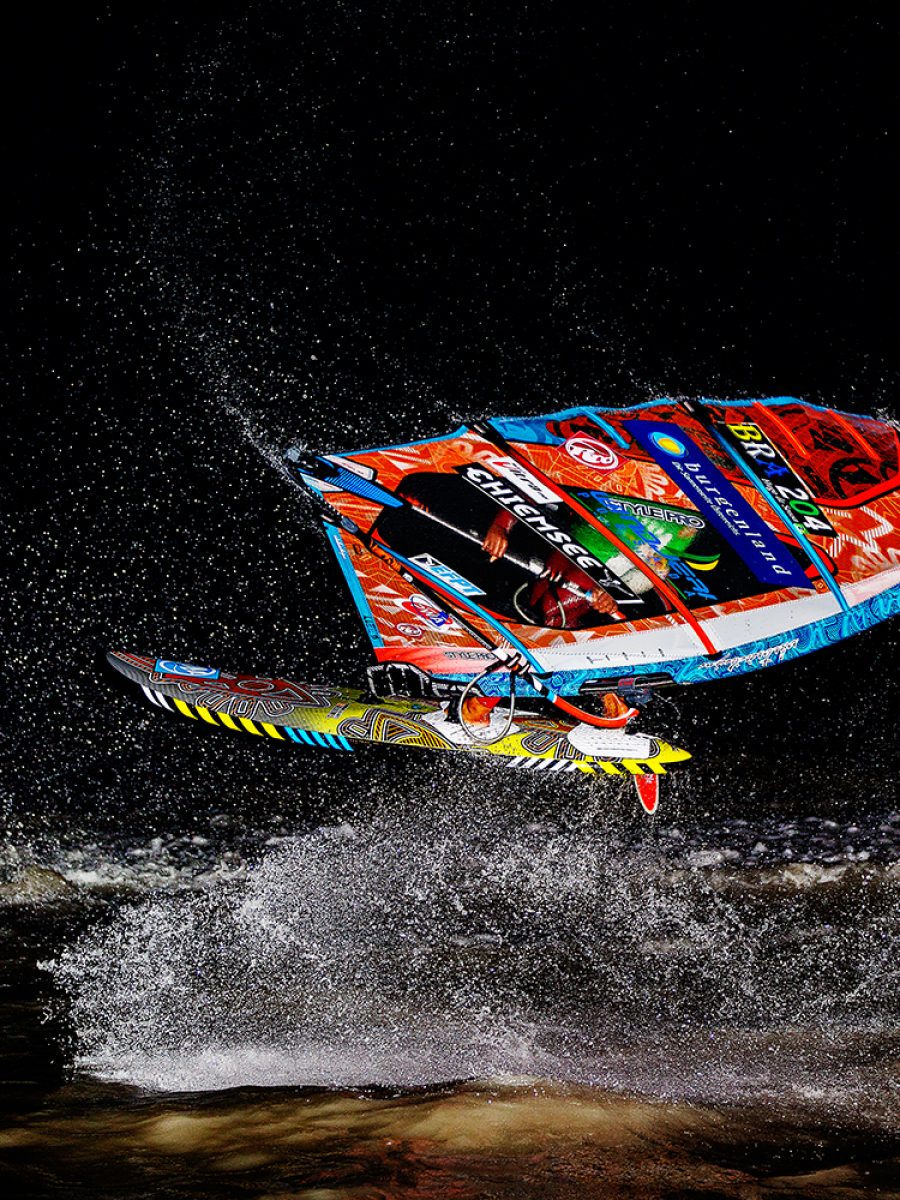
FREESTYLE’S FUTURE
Freestyle has gone through quite a bit of an evolution since the beginning when we started landing the first moves in the nineties and it’s truly amazing that the latest generation of freestylers are able to pull off moves we didn’t even think were possible back then. But on the downside, most average windsurfers have a hard time understanding freestyle competitions due to the complexity and also similarity of moves. And this is the point where competitive freestyle windsurfing in my opinion needs to find the right path. I don’t mean we should simplify moves and go back to old school, because the never ending evolution of this discipline is exactly what makes it so exciting, but it’s the competition format and presentation that makes the difference to the audience whether they understand who is the winner of the heat or not. Live scoring and live streaming already provide a big step in transparency for the discipline and makes it easier for riders and spectators to understand the outcome of a heat and adds that element of tension while following live. But on top of that, it is also the presentation of the characters and their backgrounds that attracts the interest of the spectators and creates emotions that make them follow a whole round of competition. In the end competition has to be an attractive show that people are keen to follow from beginning to final, not only a couple of moves that are thrown in a heat or two and then spectators move on or switch to another channel. I guess we can look at some examples from other sports like surfing, skating and snowboarding. Indoor windsurfing is run in a different competition format than in nature because it’s orientated more towards the audience.
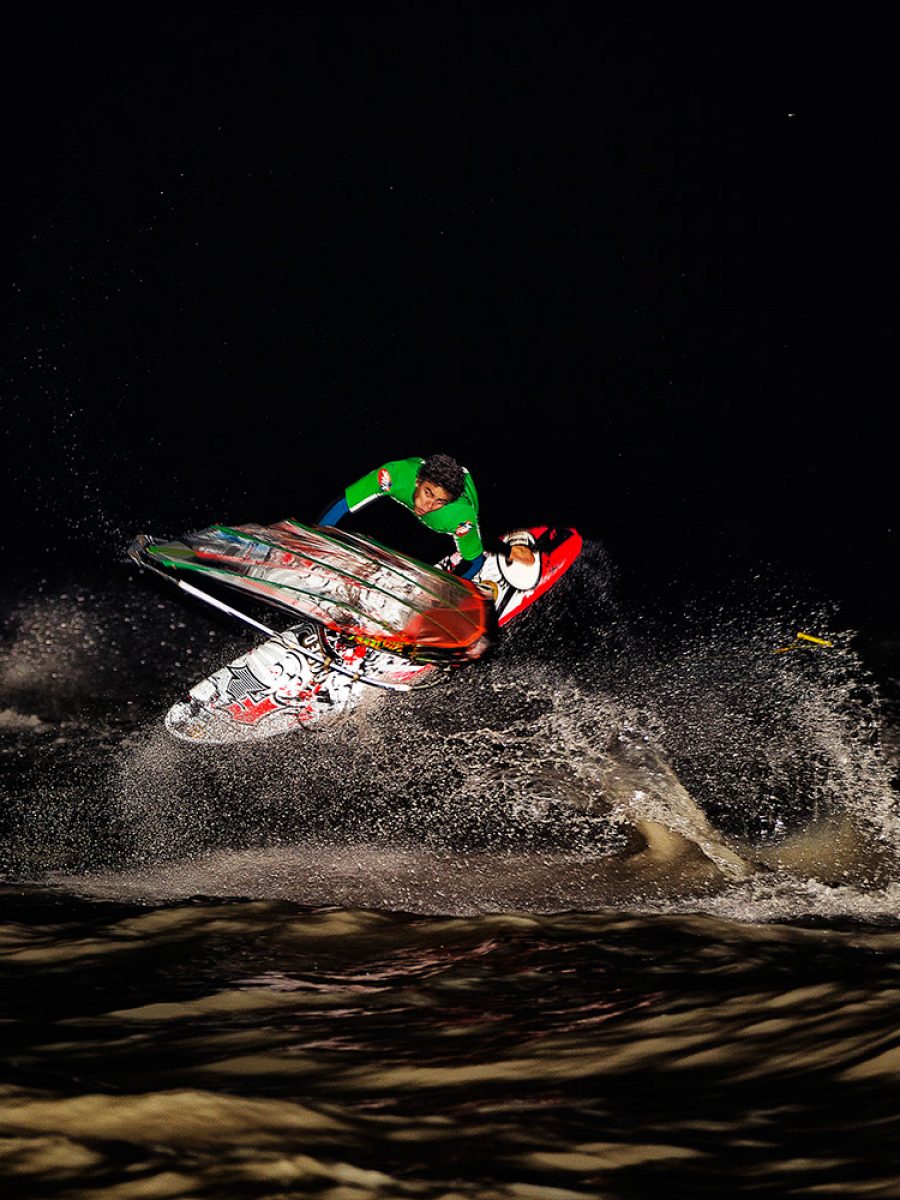
HIGHLIGHTS
There are some moves that have left me stunned when they have been landed for the first time in competition, like the latest double air moves or crazy combos, but moments that I really remember and impressed me are special performances of riders under pressure in crucial situations, that keeps the thrill of competition alive to me. Two of these recent moments for example were the PWA freestyle final in Sylt 2016 when most people were calling Amado already world champion after a single elimination victory and then suddenly on the last day of the event unexpectedly suitable conditions for freestyle kicked in just in time to finish a double elimination and we could see how determined Gollito was sailing to take that win in the event and title deciding heats. The other moment I remember was at last years EFPT competition in Lanzarote, when title contender Jacopo Testa went out early in the single elimination and fought his way back up the rankings in the double elimination through 9 heat wins in a row forcing an event deciding sail-off against Steven Van Broeckhoven. Jacopo was basically out of power and ready to collapse on the beach after so many heats, but he mustered his last bit of energy to land two crucial moves in the final minute of this all deciding heat and that gave him the event victory and also the major step towards his 2017 European title, a real thriller to watch!
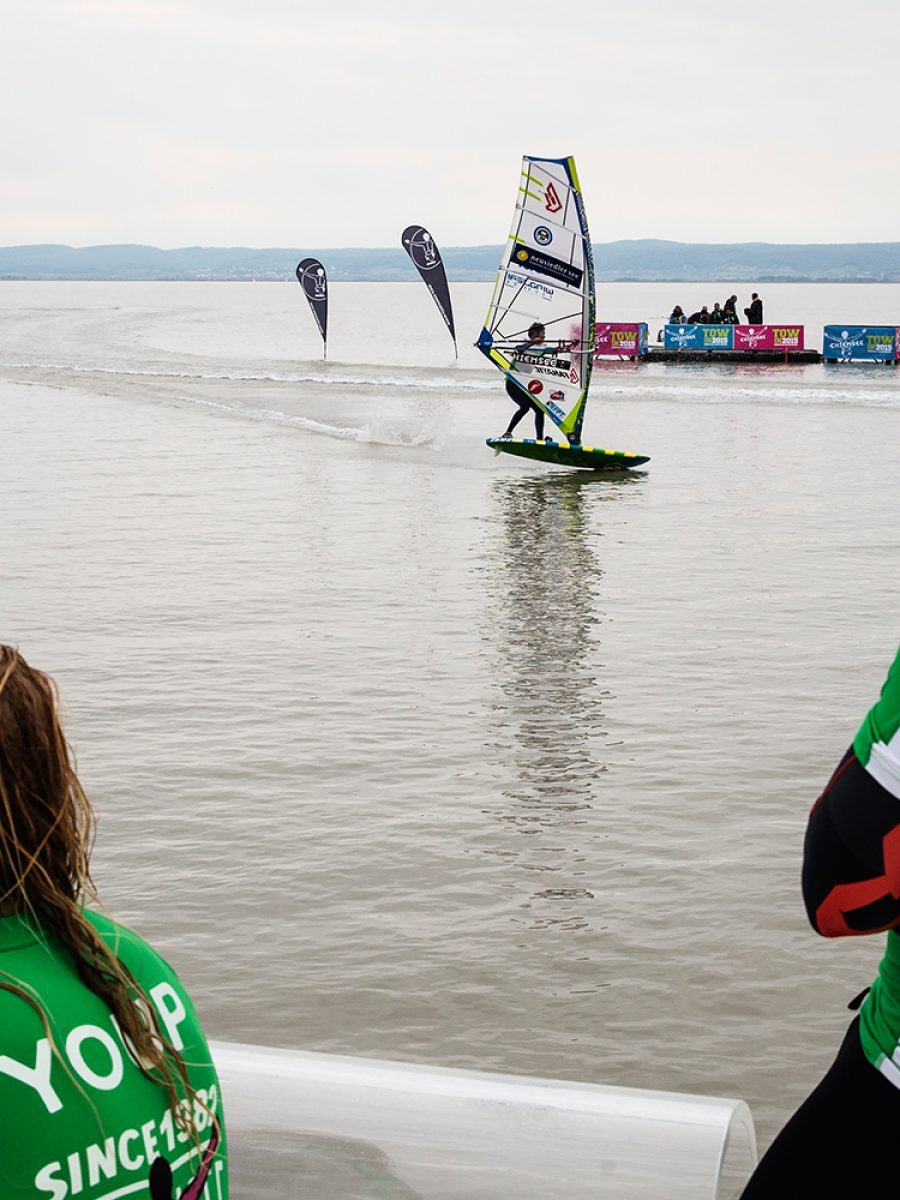
MY MAURITIUS TIPS
My main tip is like I said before, bring a big enough wave board that keeps you floating in light winds. Your Pozo board is most likely the wrong choice! Although Le Morne is one of the best spots in the world to windsurf due to its variety, there are also other beautiful spots on the island to windsurf. So don’t be lazy and explore them.
If there are down days with no wind, don’t worry there are so many things to do and see on this tropical island that you’ll be happy in the end not spending all your time in the water. Get a car and see what this paradise island has to offer. If you need help in getting organised with your windsurf holidays in Mauritius, don’t hesitate to contact us at SION Mauritius (www.si-on.com) and we will sort all your needs from accommodation to cars, sports equipment and other activities, that’s what we are here for!
“ Moments that I really remember and impressed me are special performances of riders under pressure in crucial situations. ”
The post TOM HARTMANN – TOMS TALE appeared first on Windsurf Magazine.